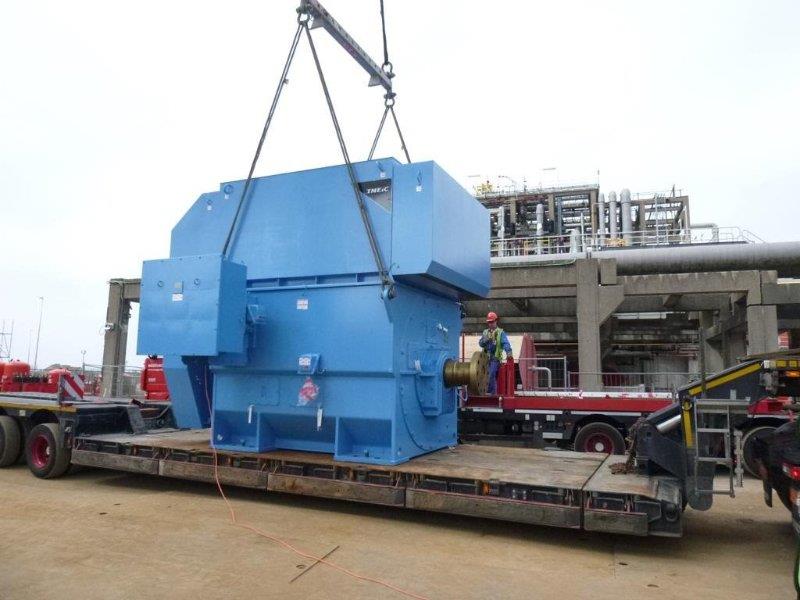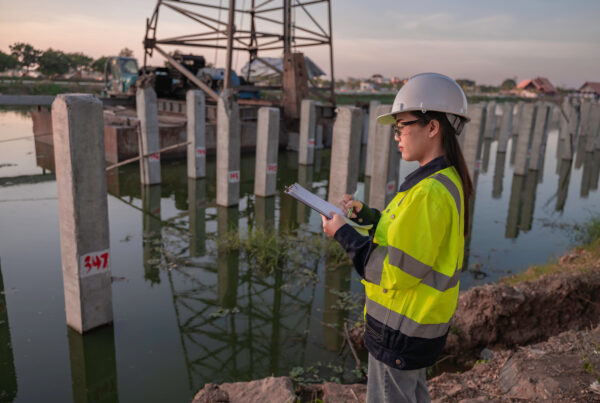Moving a 40-ton press or placing any heavy machinery is never “just another rigging job.”
Improper lifts remain one of the costliest—and deadliest—mistakes in heavy industry: the U.S. Bureau of Labor Statistics recorded 297 crane-related fatalities between 2011 and 2017, an average of 42 deaths every year. Independent accident studies show that poor rigging and dropped loads account for roughly 27 percent of serious crane incidents, while 37 percent of fatalities involve workers crushed by the load itself. Those figures don’t even touch the millions lost to damaged equipment, schedule slips, and insurance surcharges.
A disciplined, engineering-led lift plan for heavy machinery is the best insurance policy you can buy. Below is a streamlined roadmap written for plant engineers, project managers, and rigging supervisors. It covers the essentials from first site walk-down to final bolt torque.
1. Start With a Formal Risk Review
Before a crane rolls through the gate, assemble the lift team and walk the route:
- Confirm the load’s true mass and centre-of-gravity, factoring in tooling, residual liquids, and temporary bracing.
- Map the travel path and establish a hard exclusion zone. No personnel should ever pass beneath a suspended load.
- Check ground-bearing capacity where outriggers, tracks, or jacks will sit—wet clay or a thin slab can undermine a textbook lift.
- Review wind forecasts; gusts above about 9 m/s (20 mph) are a common tipping point for tall or irregular loads.
Document these findings in a single-risk register so that every stakeholder signs off before lift day.
2. Design the Rigging with Precision
Heavy machinery can go sideways when rigging gear is mismatched or worn:
- Use only slings, shackles, and spreader bars whose working-load limit (WLL) is at least equal to or greater than the maximum load you plan to lift. OSHA 29 CFR 1910.184(c)(4) expressly forbids loading any sling beyond its rated capacity.
- Minimise sling angles with spreader bars to avoid side-loading the crane hook.
- Use tag lines or non-conductive rope if electrical hazards exist to control rotation during the hoist.
Those extra minutes spent with the manufacturer’s load chart or a third-party engineer can mean the difference between a flawless tandem pick and a million-dollar dropped motor.
3. Coordinate People and Signals
Every lift needs clearly defined roles:
- A lift supervisor who owns the plan on site.
- Qualified riggers responsible for gear selection and pre-use inspection.
- A certified crane operator who reviews the load chart and verifies setup.
- Spotters equipped with radios and a single, standard set of hand signals (ISO 7000 or ASME B30.5).
Rehearse key signals before the hook is in the air; confusion costs seconds, and seconds matter when 30 tons starts to sway.
4. Make the Foundation Part of the Lift Plan
Even a perfect pick can end badly if the machine lands on an unsound base. Before lift day:
- Look for cracks, voids, or settlement in the concrete. If you spot trouble, our post on repairing concrete foundations explains what to do next.
- Verify anchor sleeves are clear and set to proper elevation, crooked bolts delay alignment by hours.
- Have high-quality epoxy grout staged and ready; see why it matters in our grout guide.
A stable foundation minimises post-placement vibration and keeps alignment checks short.
5. Post-Placement Checks: From Level to Live Load
Once the equipment is on its sole plates:
- Shim and level to spec.
- Perform precision shaft or coupling alignment.
- Torque anchor bolts in a controlled, sequence.
- Record baseline vibration, alignment, and elevation data; that file becomes your reference for future condition monitoring.
When those steps are complete, the grout pour can lock the machine in position and the commissioning team can move straight to run-in.
Does your heavy machinery need a foundation installation?
Whether you’re relocating a single compressor or building a new process line, Alphatec Engineering delivers foundation installation. Reach out today.



